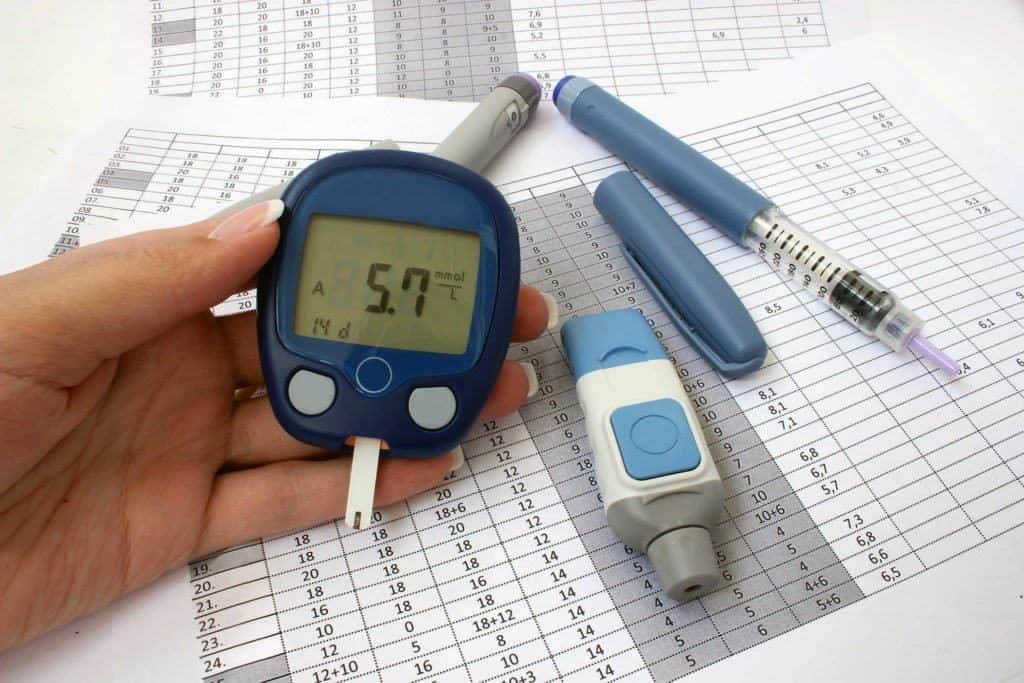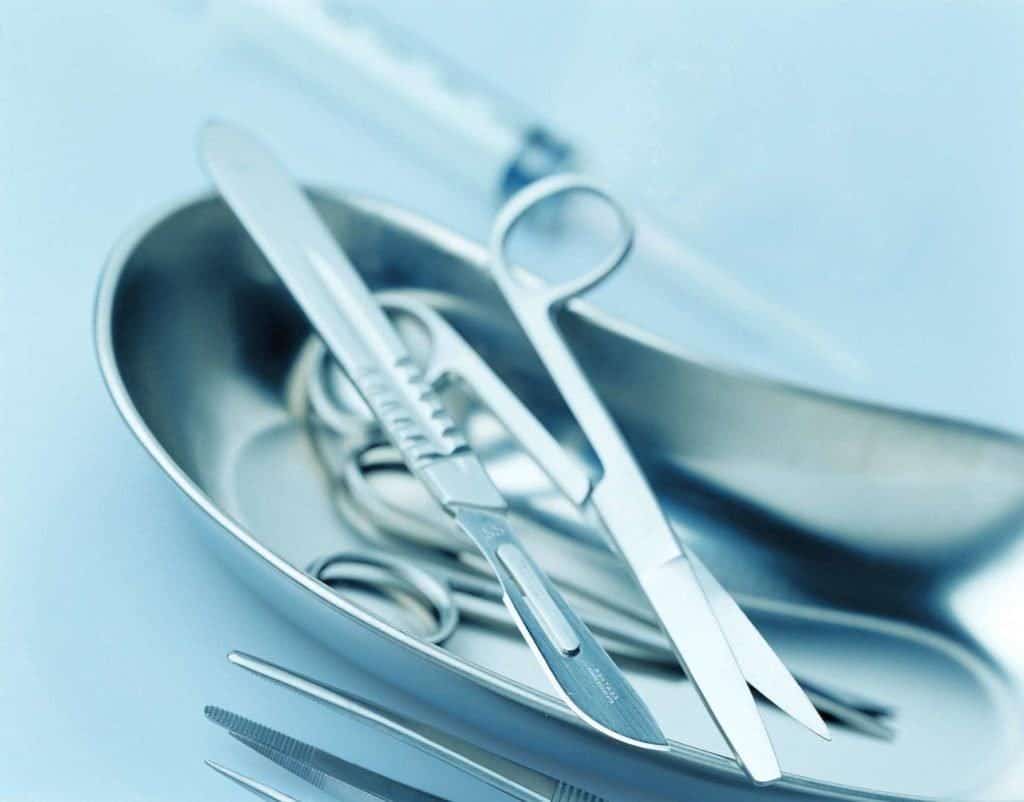Contents:
- Medical Video: High Blood Pressure | Hypertension | Nucleus Health
- Causes of differences in blood pressure of both arms
- Relationship between blood pressure differences in both arms and hypertension
- Diseases and disorders associated with differences in blood pressure in both arms
- Tips to improve cardiovascular health and reduce the risk of disease
- Have you checked blood pressure in both hands?
Medical Video: High Blood Pressure | Hypertension | Nucleus Health
Measuring blood pressure in a hospital is often only done on one arm, very rarely done on both. In fact, many people still don't know that blood pressure measurements can and should be done on both arms. Checking blood pressure in both arms is generally only done in patients with cases of hypertension or lung.
Dr. Chris Clark, a lecturer at Exeter University Medical School, said that blood pressure measurements should be carried out on both arms, especially in patients with hypertension, to confirm the difference in blood pressure that could be related to future patient health. Some literature also emphasizes the importance of conducting blood pressure checks or measurements on two arms, not only in cases of hypertension or lung. More specifically, blood pressure measurements in both arms of people with high blood pressure are important to diagnose and treat hypertension more quickly and precisely.
Causes of differences in blood pressure of both arms
- In young people, the difference in blood pressure between arms can be caused by the pressure of arteries in the hand by surrounding muscles or structural problems of blood vessels that prevent blood flow through the arteries.
- In elderly people, differences in blood pressure usually occur due to obstruction due to atherosclerosis (fat buildup in the walls of arteries), blockage of arteries, strokes, peripheral artery disease (PAD), and other cardiovascular problems.
Relationship between blood pressure differences in both arms and hypertension
At the time of measurement, blood pressure on both arms may show different numbers, both in the measurement of systole (top number) and diastole (bottom number). This is normal and not worrying as long as the difference between the measured blood pressure on the right and left arms is not too large - no more than 20 mHg for systole and no more than 10 mmHg for diastole (difference of less than 20/10 mmHg) . However, differences in blood pressure on both large and continuous arms are often associated with the risk of heart and blood vessel diseases.
According to Professor Jeremy Pearson, the difference in blood pressure in both arms is not only associated with an increased risk of death from cardiovascular disease in those who previously had high blood pressure, but also in those who were considered healthy and free of heart disease. A similar statement was also stated by a cardiologist, Thembi Nkala, that a person with different high blood pressure in both arms, even though the person does not have a risk factor for heart disease, still has the possibility of an increased risk of cardiovascular problems later in life.
Diseases and disorders associated with differences in blood pressure in both arms
The blood pressure difference in the measurement can be caused by several blood vessel abnormalities in a person's arms. The biggest possibility is blockage of the artery wall, either because of fat or other plaques, in the arm with higher blood pressure. The presence of this plaque also indicates the occurrence of PAD, which is blockage of arteries by cholesterol in blood vessels throughout the body. PAD is a dangerous disease because it can cause heart attacks and strokes if cholesterol builds up in the heart and brain, as reported by the American Journal of Medicine. Meanwhile, on the part of the arm with lower blood pressure, the possibility also occurs arterial stenosis or narrowing of arteries so that blood flow becomes less smooth.
There are various diseases, whether or not related to the cardiovascular system, which are characterized by differences in blood pressure in both arms. These diseases include coartasio aorta, aortic dissection, aneurysm in the thoracic aorta, and Takayasu's disease. Cerebrovascular disease (CVD) also experienced a 60% increase in risk in someone with a difference in systole score of more than 15 points; which can later result in dementia and stroke. Not only does it increase the risk of vascular disease, the difference in blood pressure is also associated with several other diseases, including kidney disease and diabetes. Differences in blood pressure not only increase morbidity, this condition can also increase a person's mortality. In fact, the risk of death from cardiovascular disease can increase by 70%.
Tips to improve cardiovascular health and reduce the risk of disease
- Reducing exposure to cigarette smoke, both directly and indirectly
- Increase exercise
- Maintain ideal body weight
- Maintain and balance your diet
- Avoid stress
Have you checked blood pressure in both hands?
Many people are still not aware of the importance of checking blood pressure on both arms. Are you one of them? If so, on the next examination to the doctor, you should ask for a measurement of blood pressure on both of your arms, especially if you have hypertension. If there are significant differences, immediately consult a doctor who is related so that immediate treatment is taken to reduce and even avoid the risk of further disease.
READ ALSO:
- 5 Wrong Myths About Hypertension (High Blood Pressure)
- Cans and Plastic Bottles Increase Blood Pressure Quickly
- Have High Blood Pressure Derivatives? Here's how to control it












